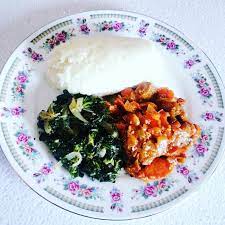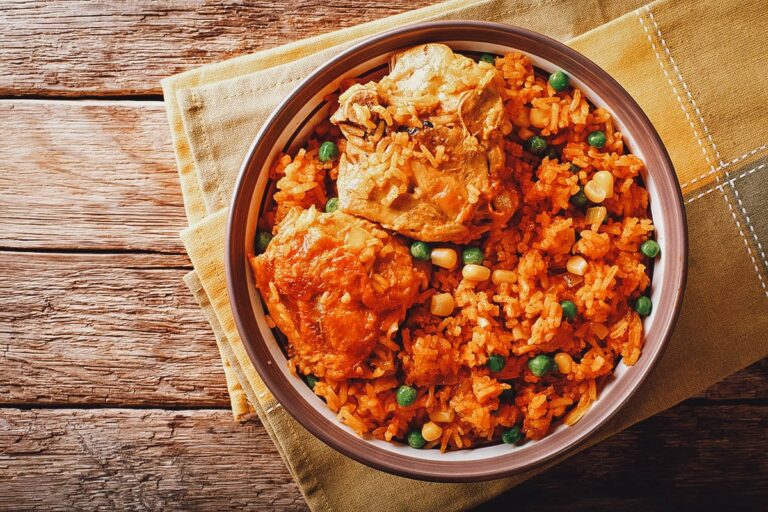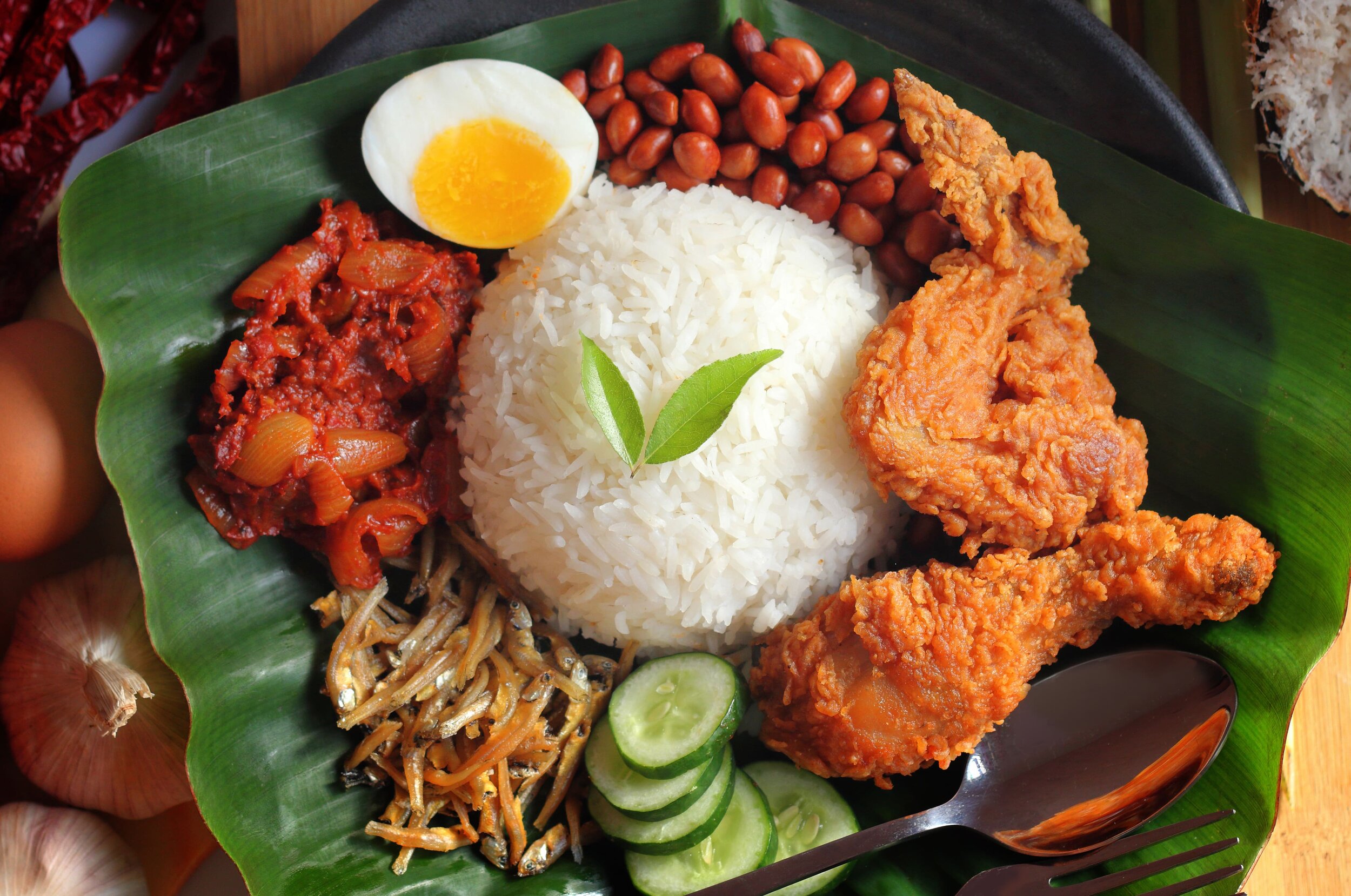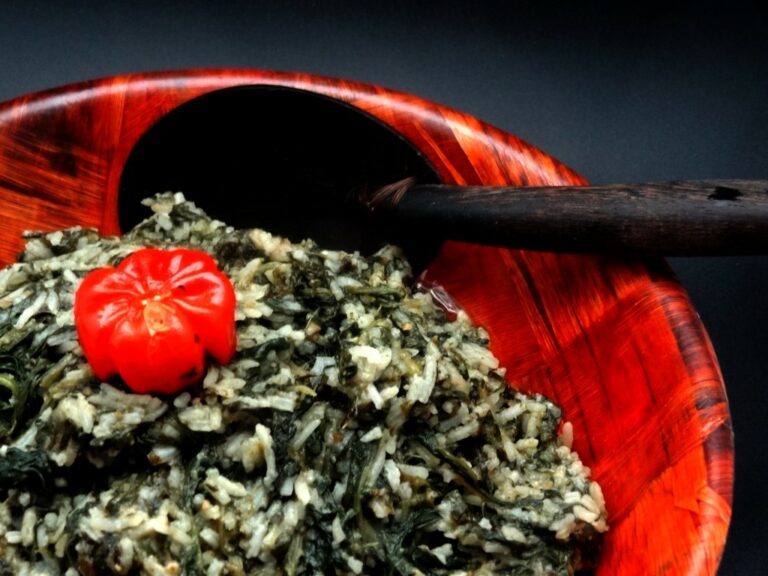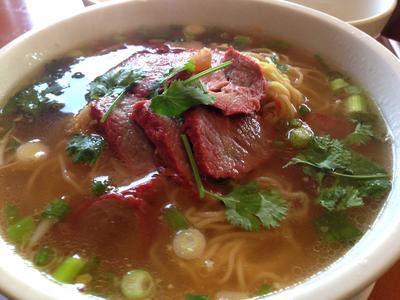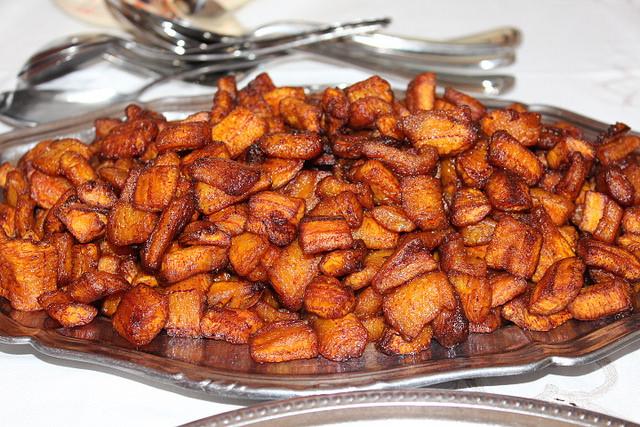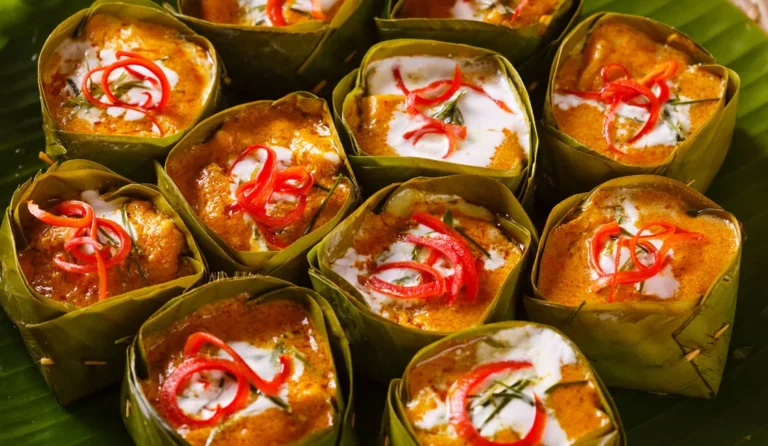Introduction: Traditional beverages of Bosnia and Herzegovina
Bosnia and Herzegovina is a country in the Balkan region of Europe with a rich culture and history. Its traditional beverages are as diverse and unique as its cuisine. Whether you are looking for a strong drink or a soothing hot beverage, Bosnian beverages have something for everyone. In this article, we will explore the history and flavor profiles of some of Bosnia and Herzegovina’s most popular traditional beverages.
History of Bosnian beverages: A cultural journey
Bosnia and Herzegovina’s culture has been influenced by various empires that have ruled the country throughout its history, including the Ottoman Empire and the Austro-Hungarian Empire. As a result, Bosnian beverages have a mix of Eastern and Western flavors. Some of the oldest and most popular traditional beverages in Bosnia and Herzegovina include rakija, coffee, and tea. Over the centuries, Bosnians have perfected the art of brewing and fermenting beverages, creating unique and delicious drinks that are enjoyed to this day.
Rakija: The potent national drink of Bosnia and Herzegovina
Rakija, also known as “Šljivovica,” is a potent fruit brandy that is the national drink of Bosnia and Herzegovina. It is made from fermented fruit, usually plums, and has an alcohol content of up to 60%. Rakija is a popular drink among Bosnians and is often consumed during celebrations and social gatherings. It is also used for medicinal purposes, as it is believed to have healing properties. While rakija can be found in other Balkan countries, Bosnian rakija is known for its distinct flavor and quality.
Tasty and refreshing: The secrets of Bosnian coffee
Bosnian coffee is a staple beverage in Bosnia and Herzegovina and is enjoyed throughout the day. It is made using Turkish coffee brewing techniques, which involve boiling finely ground coffee beans in water. The coffee is served in small cups without milk, and it is customary to serve a glass of water alongside it. Bosnian coffee is known for its rich flavor and strong aroma, and it is often sweetened with sugar or served with a side of Turkish delight.
Bosnian tea: A soothing and healthy beverage choice
Bosnian tea, also known as “čaj,” is a popular hot beverage in Bosnia and Herzegovina. Bosnians have a long tradition of using herbs and spices for medicinal purposes, and many of these ingredients can be found in Bosnian tea blends. Common ingredients include chamomile, mint, and rosehips. Bosnian tea is known for its soothing properties and is often enjoyed after meals or before bed.
Boza: A unique and ancient fermented drink of Bosnia
Boza is a unique and ancient fermented drink that is popular in the Balkans, including Bosnia and Herzegovina. It is made from malted corn or wheat and has a slightly sour, sweet, and tangy taste. Boza is a low-alcohol drink, with an alcohol content of around 1%. It is often consumed during winter months as it is believed to have warming properties.
Jabolčić: The traditional Bosnian apple cider
Jabolčić is a traditional Bosnian apple cider that is made using locally grown apples. It is a refreshing and lightly carbonated drink that is popular during the summer months. Jabolčić has a sweet and fruity taste and is often served cold with ice. It is a popular alternative to other alcoholic beverages such as beer or wine.
Conclusion: Savor the flavors of Bosnia and Herzegovina’s beverages
Bosnia and Herzegovina’s traditional beverages are a reflection of the country’s rich culture and history. From the strong and potent rakija to the soothing and healthy Bosnian tea, there is a beverage for every taste. Whether you are a local or a visitor, savor the unique flavors of Bosnia and Herzegovina’s beverages and experience the country’s rich culinary traditions.


